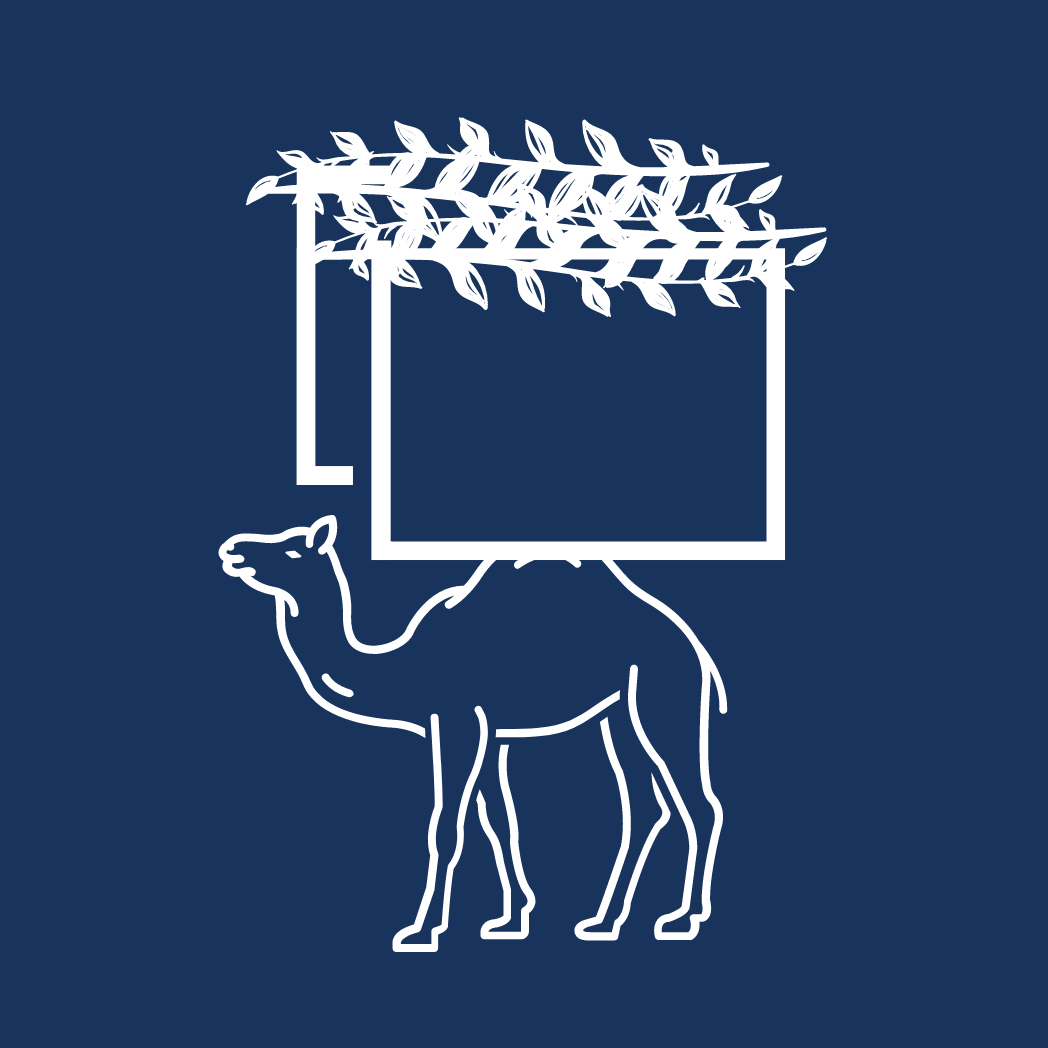
Photo from the Sukkot Exhibit, curtesy of Neot Kedumim Park
(יא) הָעוֹשֶׂה סֻכָּתוֹ כְּמִין צְרִיף, אוֹ שֶׁסְּמָכָהּ לְכֹתֶל, רַבִּי אֱלִיעֶזֶר פּוֹסֵל, מִפְּנֵי שֶׁאֵין לָהּ גָּג, וַחֲכָמִים מַכְשִׁירִין. מַחְצֶלֶת קָנִים גְּדוֹלָה, עֲשָׂאָהּ לִשְׁכִיבָה, מְקַבֶּלֶת טֻמְאָה וְאֵין מְסַכְּכִין בָּהּ. לְסִכּוּךְ, מְסַכְּכִין בָּהּ וְאֵינָהּ מְקַבֶּלֶת טֻמְאָה. רַבִּי אֱלִיעֶזֶר אוֹמֵר, אַחַת קְטַנָּה וְאַחַת גְּדוֹלָה, עֲשָׂאָהּ לִשְׁכִיבָה, מְקַבֶּלֶת טֻמְאָה וְאֵין מְסַכְּכִין בָּהּ. לְסִכּוּךְ, מְסַכְּכִין בָּהּ וְאֵינָהּ מְקַבֶּלֶת טֻמְאָה:
(11) One who establishes his sukka like a type of circular hut, with no roof whose walls slope down from the center or who rested the sukka against the wall, by taking long branches and placing one end on the ground and leaning the other end against the wall to establish a structure with no roof, Rabbi Eliezer deems it unfit because it does not have a roof, and the Rabbis deem it fit; as, in their opinion, the roof and the walls may be a single entity, indistinguishable from each other.




